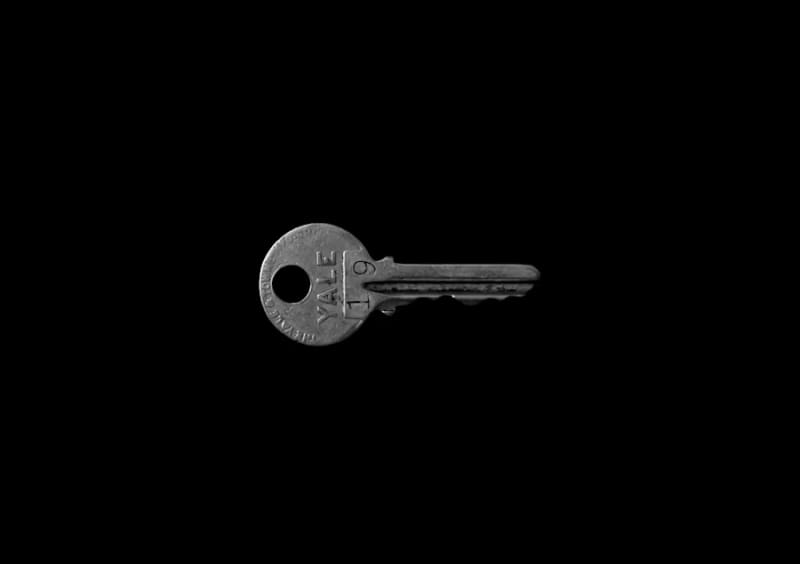Just as you will never leave the key to the front door of your house, or maybe leave a back door open for them to invade your home and steal your belongings, you also should not be providing a back door for cyber attackers to come and invade your Wi-Fi network, inject malware, and breach your data. Most households and businesses do the best security measures they can afford to keep unauthorised users away from their networks, but Wi-Fi access points and routers are like unguarded back doors if you are not careful.
Broadcast Wi-Fi signals draw hackers like a moth to a flame. Wardriving or drive-by hacking has been a popular past time, even amongst common cybercriminals. We need to be aware of how to protect our data against cybersecurity threats on a wireless network. A cybersecurity threat is described as a “malicious act aimed at destroying data, stealing information and, in particular, disturbing digital life. Threats such as computer viruses and data breaches exist in the online space and have the power to impair information systems’ privacy, reliability, and credibility.”
So, although the Wi-Fi (wireless fidelity) is undoubtedly one of the modern miracles we enjoy, it’s also a playground for hackers because they can intercept data sent or received, gain access to shared files, hijack your internet connection, and use your bandwidth or download limit. Cyberattackers can also penetrate Wi-Fi networks to plant threats or breach data in the devices of those connected to the network.
Check out these seven ways to keep your data secure on a wireless network.
1. Steer Clear from Default Passwords
With all the vulnerabilities and opportunities cyber attackers exploit nowadays, make it a habit to change your administrator password for your router habitually. Make your passwords secure with a combination of numbers, letters, and special characters. Don’t just share your password with anyone. If you are a business, make sure that you are limiting the release of passwords to authorised personnel only. Monitor employees’ use of the network and limit access to approved websites only.
2. Switch Off SSID (Service Set Identifier)
The moment you broadcast your Wi-Fi, like a moth to a flame, hackers get enticed to invade and attack your network. It’s easy for hackers to find the information on your router’s SSID. What was initially meant to make it easy for you to connect to your network is the same access point that hackers can use to attack you because it made you, so easy to find. Set your SSID hidden, so you know the name of the network before connecting to it.
Hiding your SSID is one of many safety steps you need to make because hackers can use airodump-ng to detect your network even if you are supposedly hidden. It’s a simple measure that pads up your security protection.
3. Change the SSID of Your Device
Now that we know that for ingenious hackers, finding your SSID is not going to be that difficult. So make it routinary to change the default SSID name of your device. Just like your password, make it difficult to guess with a combination of numbers and letters as well.
4. Use Strong Data Encryption
Make sure you enable encryption in your device, whether it’s WPA or WEP, depending on what your device can support, although the older WEP (Wired Equivalent Privacy) standard of protection is weak because hackers using aircrack-ng can break into it in minutes.
Therefore, it is best to use WPA (Wi-Fi Protected Access) protection instead, either WPA or the newer WPA2 standard (or WPA3 when it gets released).
Some Wi-Fi routers offer Wireless Protect Setup (WPS) to provide an easy way to connect devices within a WPA-protected wireless network. To stop hackers from retrieving your WPA password, you also need to disable this setting as well.
For home use and small-business use, WPA may be shared amongst all users, although it is still good security practise to change the password routinely, especially if somebody from the company leaves. Larger organisations use WPA in enterprise mode, which allows each authorised employee to have their username and password to connect to the Wi-Fi network, making it easier to monitor and remove employees from the system once they leave the organisation.
5. Never perform a file transfer protocol (FTP) transaction over a public Wi-Fi.
Avoid downloading or dumping data to and from unsecured sources. Avoid using any other protocols that transfer data in an unsecured manner unless you have a VPN established. You can consider using secure FTP (File Transfer Protocol, which would encrypt your session. For email client programs, make sure to verify that you are using an SSL (Secure Sockets Layer) for IMAP, POP3, and SMTP server connections.
6. Secure Protection from Malware and Cyber Attacks
You need to have total security protection for all your devices and computers and keep your anti-malware software updated automatically. Bitdefender, Norton Anti-virus, and McAfee are top three of the best anti-malware software out in the market this 2020. Most anti-malware software protects up to five or more devices so the whole family can be protected, so make sure you choose the one that’s most fitting to you and your family.
7. Use a VPN (Virtual Private Network)
A VPN, or Virtual Private Network, is described by Cisco as an “encrypted connection over the Internet from a device to a network,” which allows the safe transmission of sensitive data. It stops “unauthorised people from eavesdropping on the traffic and allows the user to conduct work remotely.” A VPN helps you stay secure online while keeping your private data safe through encryption.
Conclusion: Security Should be our Top Priority
New Zealand has clamped down on government agencies that use unvetted IT service providers after a supplier leaked hundreds of people’s personal information in the country’s recent data breach scandal involving the NZ Treasury, and the breach at the Ministry for Culture and Heritage, which released more than 300 people’s birth certificates, passport numbers, and drivers’ licenses online. If the government is experiencing these kinds of attacks, how much more your average homeowner, your small-business enterprise? All the more that we need to arm ourselves from the most basic security protocol, we can routinely do, to the most complex we can set-up in our systems. Security should not be an afterthought. Even in natural calamities and risks, security is a top priority, even before any mitigation efforts. It’s the same with cybersecurity. We have to establish a robust system of protection for our Wi-Fi and devices to minimise the times we need to mitigate threats. Let us be one step ahead of cyberattacks, always.







